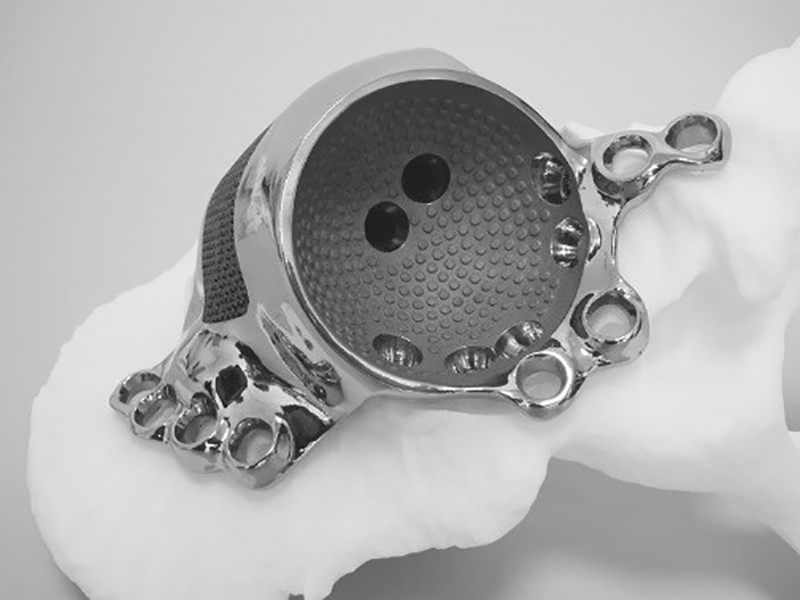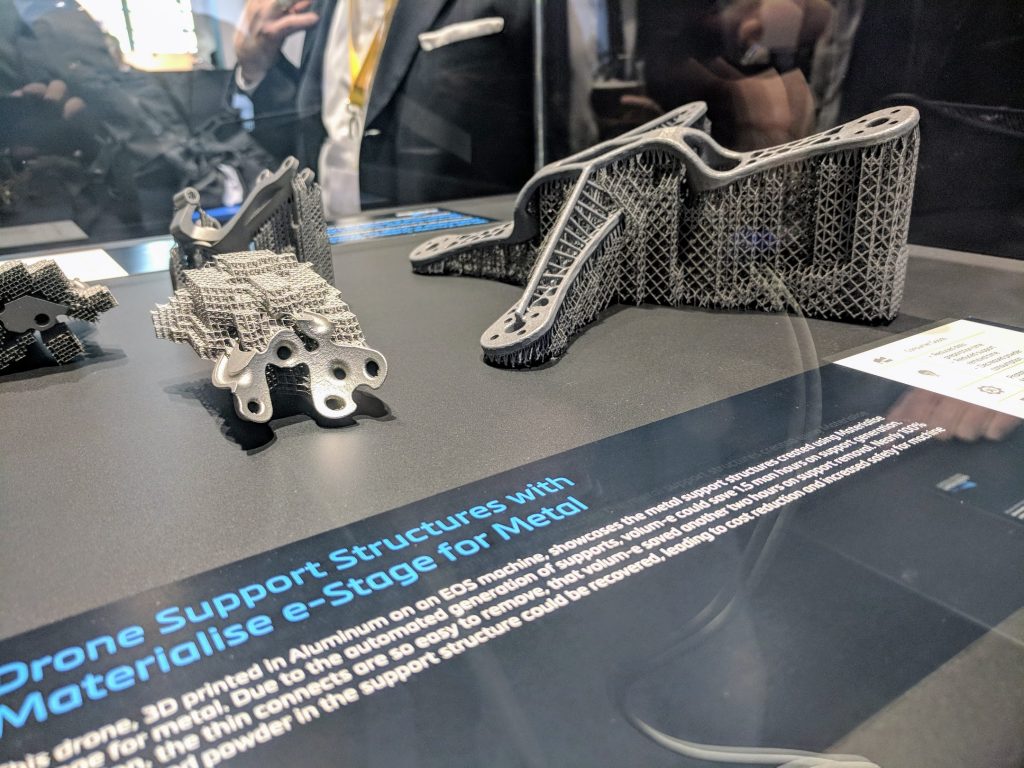Today’s 3D printing industry is hardly recognizable when compared to that of 1990 when Materialise’s founder, bought his first printer and began writing software for additive manufacturing. In just under 30 years, we have seen the industry evolve into an integral part of the manufacturing process for industries like healthcare, manufacturing and aerospace where personalization, customization and precision are vital. As the speed of industry innovation continues to increase, there are a number of factors helping to bring this disruptive technology to the forefront.

Major Players Driving Education and Innovation
One of the defining moments for our industry is a rapid increase in involvement from major industry players like GE, HP, Adidas and Siemens. Their significant investment in 3D printing technology has given them the capability to deliver new product offerings and real benefits to their customers.
As these organizations enter the industry, they are building partnerships with experienced 3D printing companies like Materialise and building pressure within the industry to advance and innovate, to meet rising demand. One aspect of this push for innovation across all industries is a shift in mindset as more engineers and designers begin to think in terms of additive, rather than subtractive manufacturing.
Since 3D printing is still a relatively new tool for manufacturing, education and training systems are still playing catch-up to traditional manufacturing methods in terms of awareness. With the influx of Fortune 500 companies adopting 3D printing technology, education and training programs will adapt to meet the growing need for skilled additive manufacturing workers. As industry innovators are trained in 3D printing solutions for new applications, the speed of adoption of 3D printing across industries will continue to increase.

Next Generation 3D Printers
Another impact of increased participation from large industry players will come in the form of updated and improved 3D printing hardware. Companies are now deploying second-generation machines, which boast improved reliability, speed and cost-efficiency. A larger push towards industrial production machines, in addition to rapid prototyping and product development, has driven advances in machines, and even hardware that is specifically tailored to meet individual customers’ needs.
New Materials for New Applications
Innovation in printable materials is another one of the fastest-moving aspects of 3D printing. New materials are being developed every day, and the possibilities for 3D printing to expand to new uses and industries increase with each development. This is a difficult area of the industry to implement solid parameters due to the rapid rate of change, but in the near future we expect to see advances in the areas of lightweight, porous and textured surfaces to help manufacturers meet both performance and design objectives. These advances in machines and materials open up further applications for highly regulated industries and for those that demand mass customization, such as aerospace, defense and consumer goods.
3D Printing Software Innovations
While 3D printing software has become a crucial part of the design process, it has not yet reached its full potential. There is a race among companies in the industry to develop a truly end-to-end 3D printing software solution that completes the digital thread, a single path of data that stretches from initial design to the completed product. We expect continued progress towards the industry goal of automated processes that include all aspects of product development, from design to the printers themselves.

At Materialise, we not only create the software that serves as the backbone of the 3D printing process, we also provide 3D printing services. From design creation and optimization to managing and automating workflows to printing a completed product, our software and services represent the complete digital thread in 3D printing. Our manufacturing facilities serve as our ‘test kitchen,’ where we are able to test and improve the software, materials and processes that we pass along to our customers and partners. As 3D printing becomes an even larger part of the manufacturing toolkit, we will continue to leverage our extensive expertise developed from 28 years of 3D printing experience, to work towards a truly end-to-end solution. We look forward to increased adoption and integration of 3D printing to help businesses improve workflows and deliver benefits for their customers, partners and end users. Learn more about Materialise here.
Bryan Crutchfield is Vice President and General Manager of Materialise North America.
Read more insights into the future of 3D printing in our thought leadership series.
There is still time to vote in the 2018 3D Printing Industry Awards. Follow the Awards with the hashtag #3DPIAwards.
For all the latest 3D printing news – subscribe to the 3D Printing Industry newsletter, follow us on Twitter, and like us on Facebook.
The 3D Printing Industry Jobs is live. Post a job or discover your next career move now.
Featured image shows Fried Vancraen, CEO and founder of Materialise, watching the opening of the 2017 Materialise World Summit. Photo by Michael Petch.



